
The Fisher 500-C is a classic tube receiver and is always in high demand from collectors and audio enthusiasts. Introduced in 1964 it is estimated that over 100,000 units were sold, so it was obviously very popular with the audio buying public. In fact, in terms of sound, it still holds its own with today’s high-tech audio equipment. Its original retail price was around $369.00. Its tube design delivers 33 watts per channel and features a multiplex FM tuner. The 500-C’s big brother the Fisher 800C is similar, but it also has an AM tuner.
The original Fisher 500 was introduced in 1957. The first model only had an AM tuner and was in mono, not stereo. Then came the 500-B which was stereo, produced 65 total watts, and had a tuning eye. The subsequent 500-C is also a stereo receiver but with a 75 watt amplifier (33 wpc), an FM stereo tuner, an audio control center (preamp), and a headphone jack. The 500-C transformers are also somewhat larger than the 500-B’s.
The 500-C’s face plate is a lighter champagne color as opposed to the 500-B’s more gold face plate
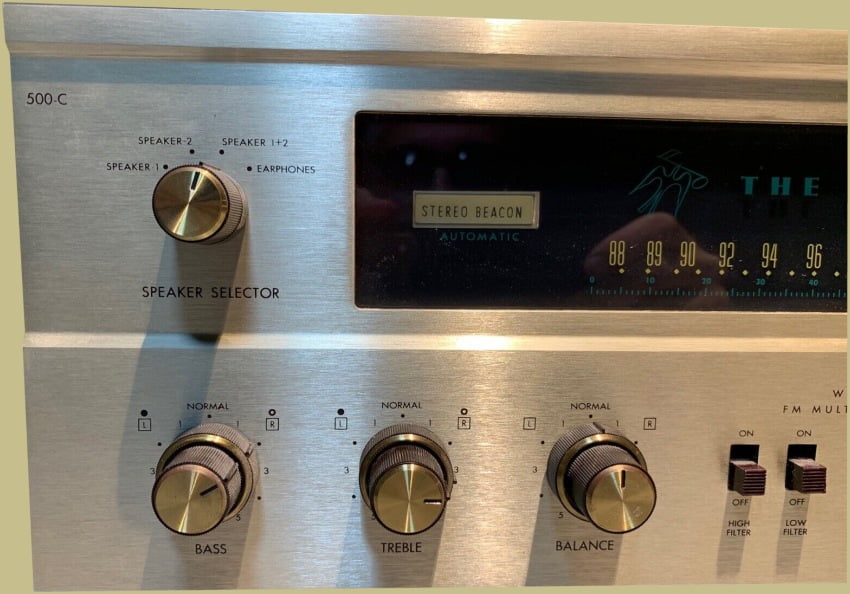
The 500-C has automatic switching between stereo and mono FM reception. If the broadcast is in mono, the 500-C adjusts itself to play the sound through a single channel, and if the broadcast is in stereo, it switches to stereo playback. The Stereo Beacon light lets you know which mode it’s in.
The direct predecessor of the 500-C was the 500-B which was roughly similar to the 500-C yet incorporated a magic eye tuning tube, which Fisher called a Stereo Beam, for a signal strength indicator as opposed to the 500-C’s numbered signal strength indicator. Here is the 500-B’s stereo beam indicator:
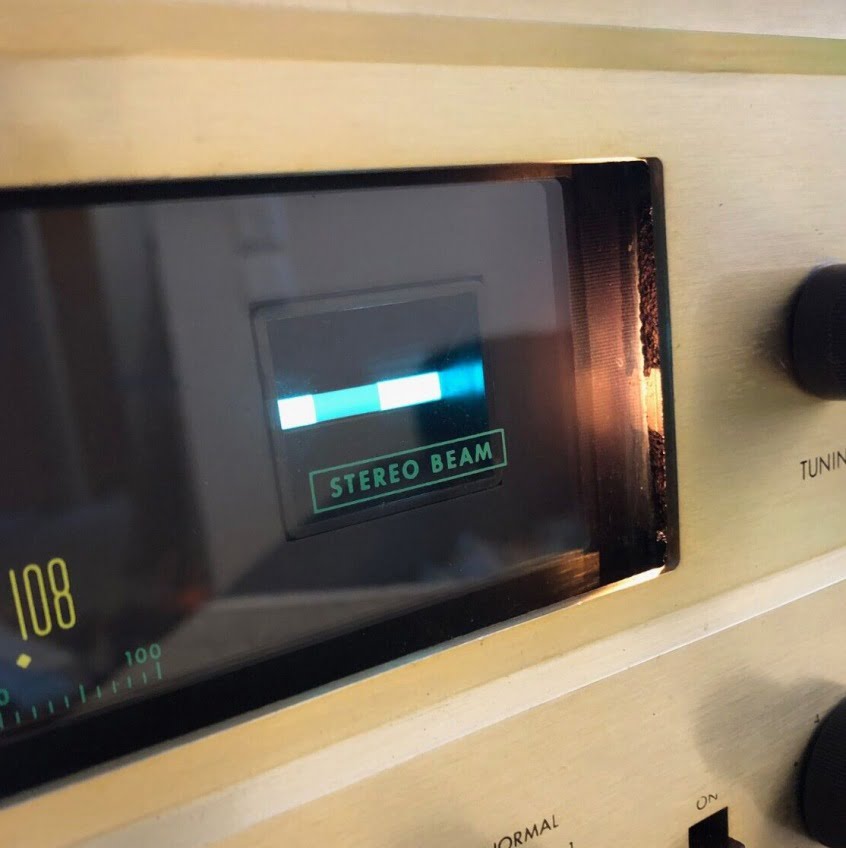
Below you can see the 500C’s numbered indicator. Most prefer the stereo beam because it just looks cool.
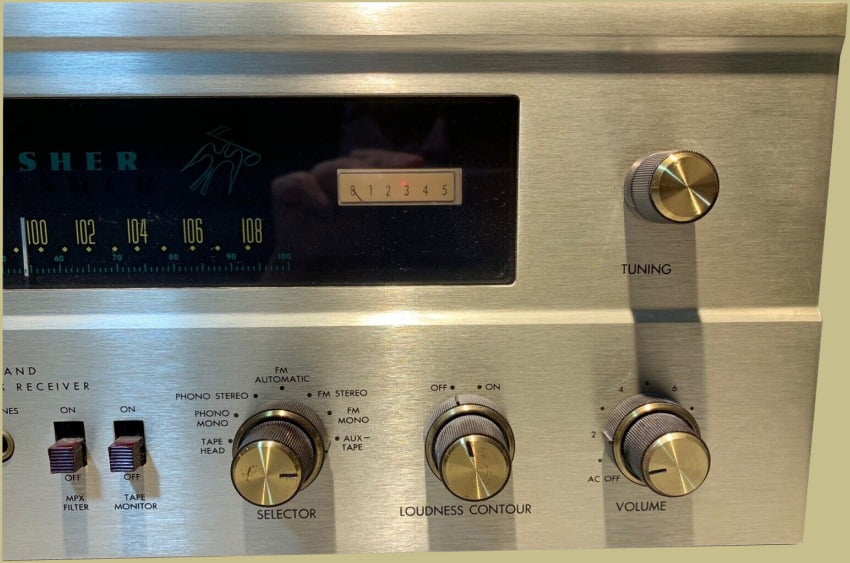
The 500-C allows you to control two sets of speakers at the same time. You can operate both sets together or choose to use either pair separately. This feature is especially useful for comparing different speaker systems. There is also a connection for a center channel.

Walnut or mahogany wood cabinets were optionally available for all the models at $24.95.
There is a headphone jack right in the middle of the front panel. The headphone circuitry is designed in a way that allows you to use them for direct monitoring during tape recording.
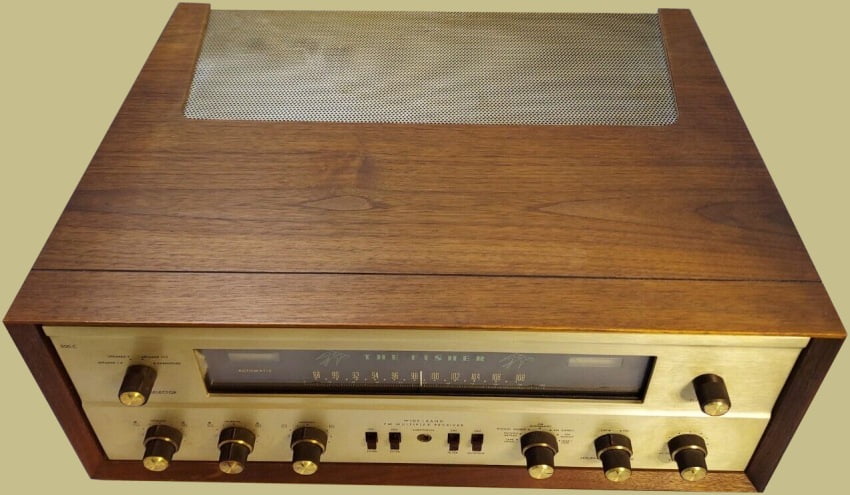
One common problem you’ll see with the 500-C these days is that the brass caps on the knobs fall off and get lost. Fortunately there are replacements available. On the 500-C all the original knob caps have an indicator line except for the tuning knob.
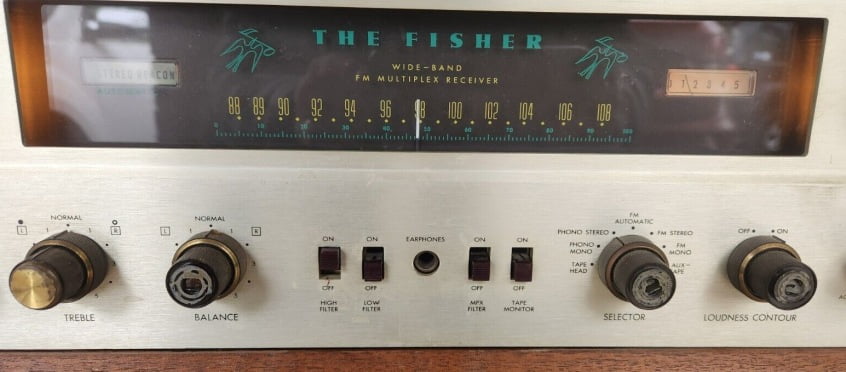
Another issue with the 500-C is that the integrated volume/power switch can fail and it is very difficult to find a replacement. Many owners use a power strip with an on/off switch to power the 500-C thereby bypassing any further use of the switch.
If you’re looking for parts or kits for your Fisher 500-C you can find many of them on eBay such as:
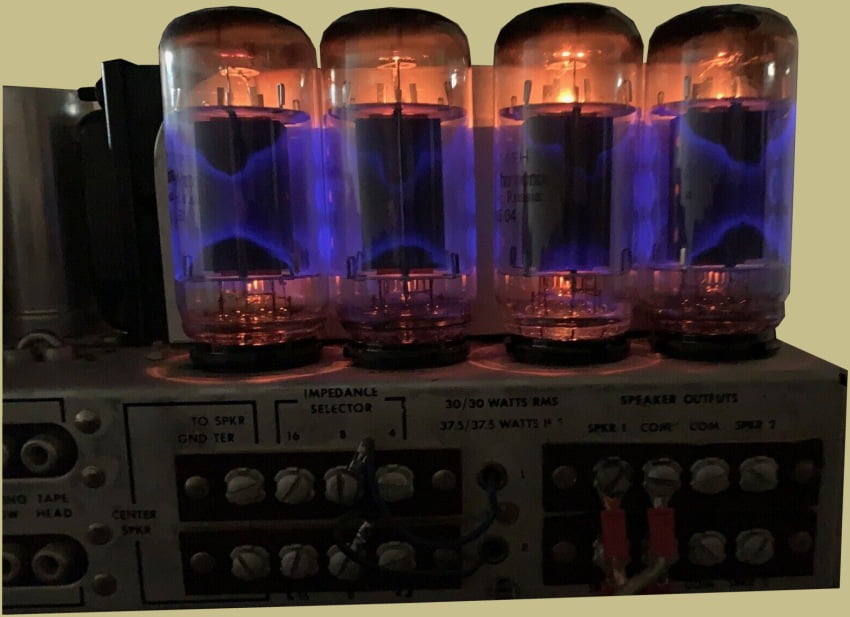
Above are the four 7591 (output stage) tubes which are beautiful when powered on. Here is the tube layout for the 500-C:

Here is a view of the chassis from the top:

Specs:
- Two-channel FM receiver
- Output power 33 wpc at 0.7% harmonic distortion into 8 ohms
- Frequency response: 25Hz–25kHz, ±1.5dB
- IM distortion (60Hz/7kHz, 4/1) 0.7%
- Tuner: IHF FM usable sensitivity: 1.8µV
- Weight: 45 lbs. with cabinet; 38 without
- Size with cabinet: 18 1/4″ wide, 6 1/4″ high, 13″ deep
Some say that the early Fisher 500 mono amplifiers sound a little ‘too’ warm. Fisher switched from using tube rectification to selenium rectifiers in the circuitry, which gave the 500-C a much clearer sound.
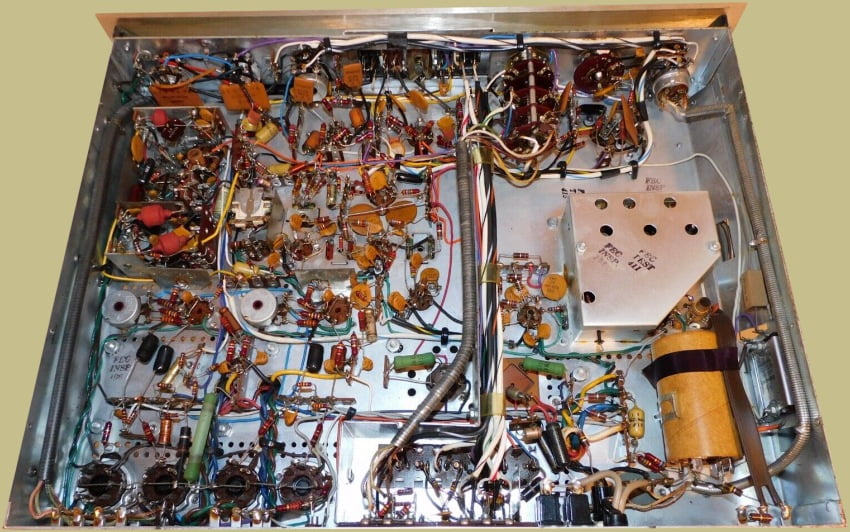
The amplifier has six pairs of inputs and two pairs of outputs, not including the connections for the speakers. One set of connections is specifically designed for a reverberation device. There are three sets of inputs for low-level signals, such as those from a tape or phono source. The remaining inputs are for high-level signals, like an auxiliary device or a monitor input. The amplifier also has a set of outputs specifically intended for recording purposes.
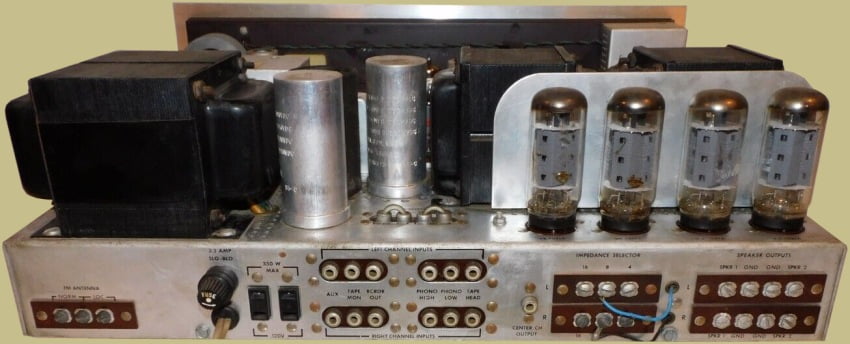
The connections on the top of the receiver chassis, with the jumpers in them, are for Fisher’s model K-10 Spacexpander which was basically a reverberation device. If you don’t have a K-10 hooked up and the jumpers aren’t there the receiver will not work.
Here is Fisher’s Golden Synchrode in the FM front end. It employs a specially developed RF amplifier tube combined with three tuned circuits for maximum selectivity, sensitivity and rejection of unwanted signals. Early versions of the 500-C (serial #’s 10000-20000) used the same FM front end as the 500-B which was a Golden Cascode design. Models after 20000 utilized the Golden Synchrode design which had higher sensitivity, a wider overload margin, and better noise rejection. They also had low noise 6CW4 nuvistor triodes in them which provided a much better signal-to-noise ratio. However, some claim that the nuvistor front end in the later models sounds less ‘open’ than the earlier 500-B based front end.
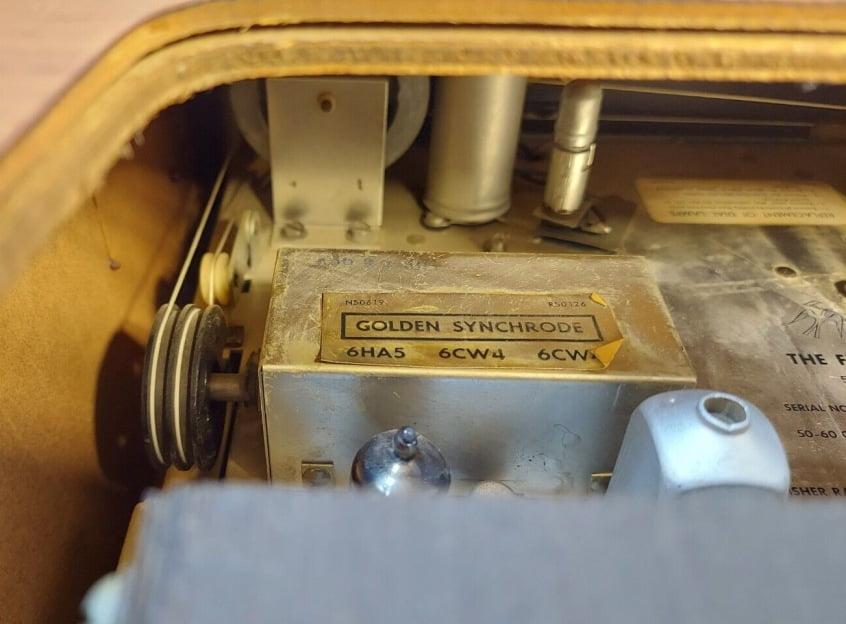
As mentioned above, the 500-C retailed for about $360. For $60 more, you could get the Fisher 800-C, which was identical to the 500-C but also included an AM tuner. Or, for $60 less, you could get the Fisher 400, an FM-Stereo receiver with 65 watts of total power output. Fisher then came out with the transistorized Fisher 600 with 100 watts output, selling for $595.00.
Fisher 500C’s are very popular today because they provide great vintage performance and style for a relatively cheap price. Since so many units were made, there are always quite a few of them on the market at any particular time. They will sell anywhere from $700 for an unrestored unit to $2200 in fully restored and cosmetically good condition.

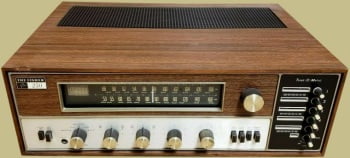
Center-mounted headphone port makes this amp look as though it was designed to drive headphones first and speakers second.
Keep em coming!
I had recently purchased a Hitachi HA-330 amp with a Hitachi FT-340 tuner and a Hitachi HF-320 TT. Need a belt for the TT but the rest sounds fantastic. A complete set from what I could tell (aside from the TT being black and not silver like the others)
I think the Hitachi equipment from that era is under appreciated. It’s actually very good. I like the Yamaha type styling with the rectangular switch knobs as well. Nice stuff.
That would be an HT-320 turntable right? The belts are available on eBay for around $10.
My mistake ‘raiko’, that is a HT-320 TT and not an HF-320.
Nothing special as far as the stylus is concerned as it looks to be stock/original.
I’ll see how it all sounds first and proceed from there.
My boyfriend is restoring a fisher 500c amplifier forgive me if I’m wrong, however he is missing the knobs and I mean all of them…. also I am not talking about the little metal pieces I am talking about the whole knob… can someone point me in the right direction on where to find them.
Your best bet would be to find someone parting one out on eBay. If you’re patient you might find some at a reasonable price but Fisher 500 parts are in pretty high demand.
I do not know when the question-answer page at this time when.
But I find it very valuable for me that just got Fisher 500C to own. But I doubt very much. Specification that it uses 7:12ax7 tubes , but why the chassis is installed 9 tubes.
Voltage question for you all. I’ve read that the 500c needs to be updated for todays higher wall voltage of 110-120, is this true? I’ve got a new to me unit and dont want to ruin it by using it if the modeern voltage will hurt it?? thank you all!!!